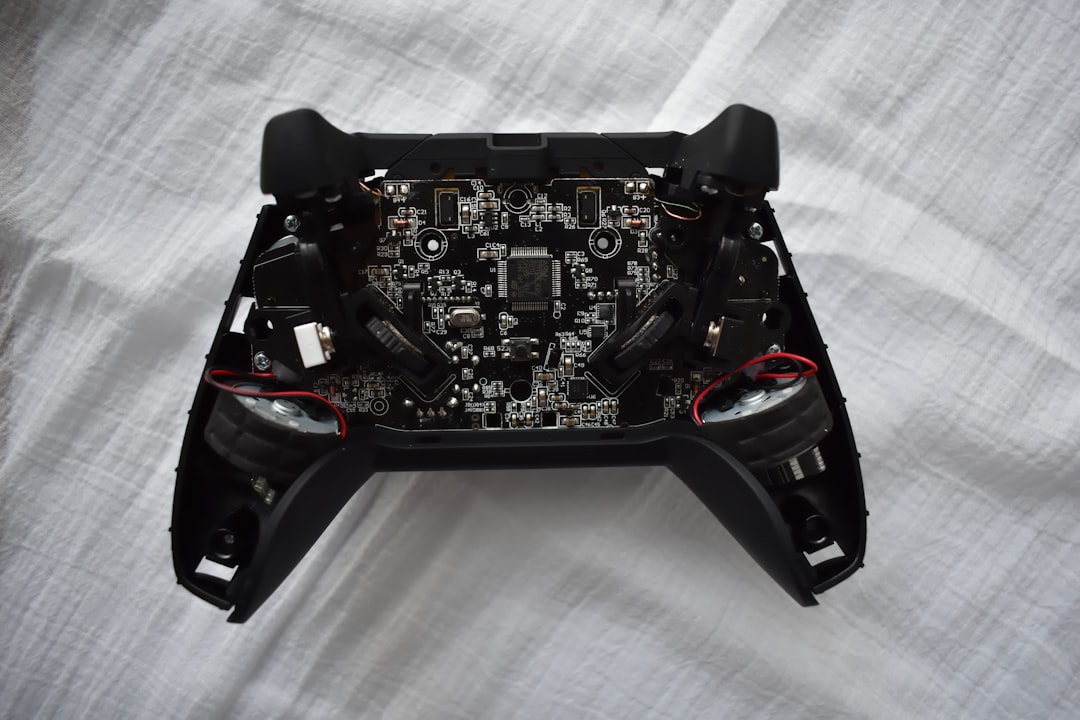What is it about?
Persisting cost-effectiveness of vehicles' quality-of-service experience in computation and communication is a global challenge. This article addresses this issue by designing novel DL-based computation and communication methods to select potential RSU or nearby vehicles to mitigate network latency.
Featured Image

Photo by Brock Wegner on Unsplash
Why is it important?
Consolidating an internet of vehicle (IoV) orchestration diminishes the space and time complexity of a heterogeneous transport system to map transportation application requirements to accomplish targeted system accuracy.
Perspectives
In this article, a deep learning-inspired RSU Service Consolidation Approach has been designed to enhance the service reliability by formulating the RSU coverage issue with the RSU Migration model and content delivery issue with the Linear Programming-based Multicast model. Ultimately the selection of potential RSU or nearby vehicle issue is resolved effectively with a back-end of computation and communication methods and accomplishes adequate service reliability with embedded-device based simulation.
M S Mekala
Yeungnam University
Read the Original
This page is a summary of: Deep learning‐influenced joint vehicle‐to‐infrastructure and vehicle‐to‐vehicle communication approach for internet of vehicles, Expert Systems, October 2021, Wiley,
DOI: 10.1111/exsy.12815.
You can read the full text:
Resources
Contributors
The following have contributed to this page










